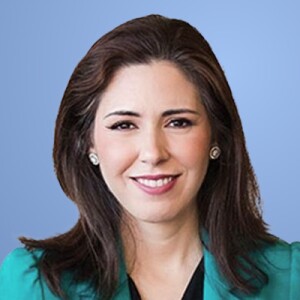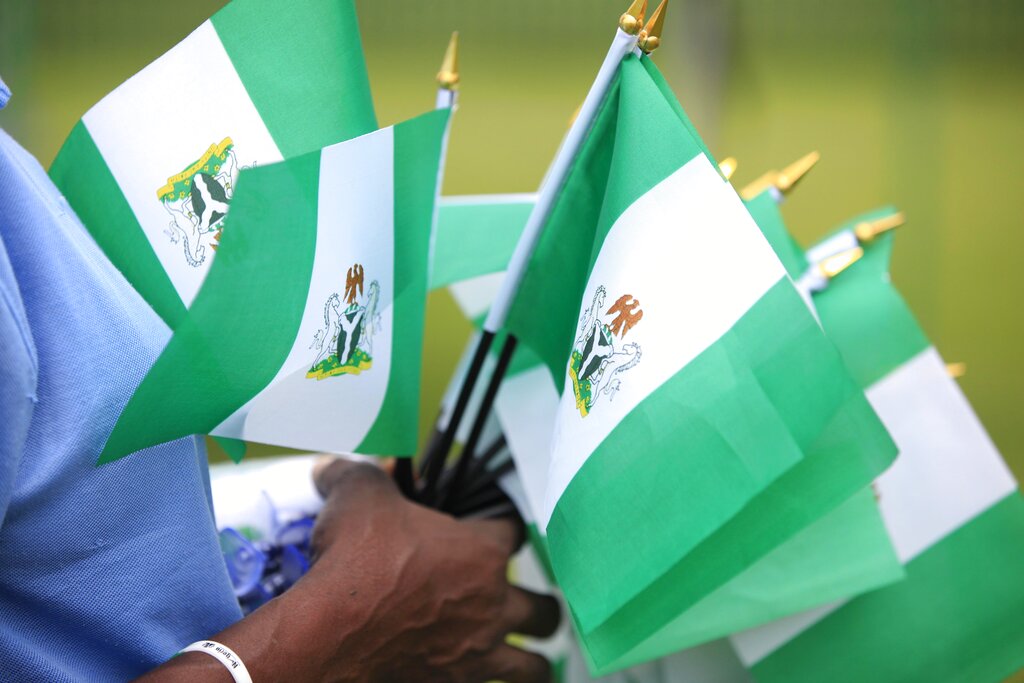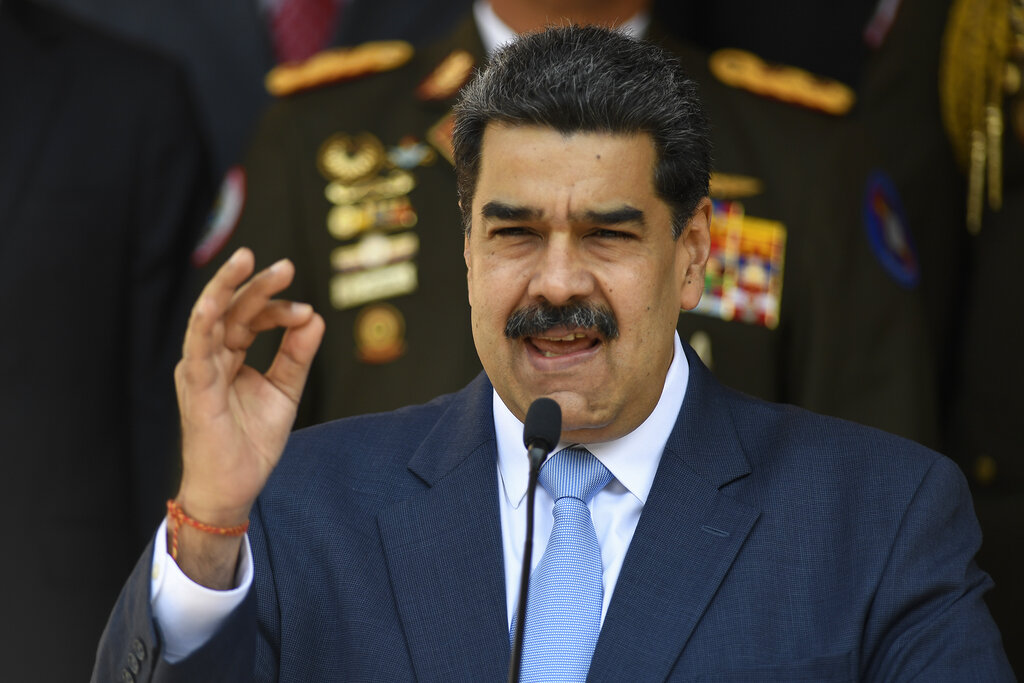The grainy and often shaky cellphone videos, posted on social media, paint part of the picture of what's going on inside of Cuba.
This past week, large crowds gathered in several cities to protest a dwindling supply of food and fuel, on an island where electricity blackouts are now commonplace. Such protests are rare.
"There is no economic freedom. There is no political freedom. There's nothing in Cuba," said Janisset Rivero with the Center for a Free Cuba, a nonprofit group of Cuban exiles pushing for regime change on the island.
Rivero migrated to Miami in the early 1990s and still has family in Cuba.
"When I left the island, I couldn't see them again," she said. "So, I miss my family — the family I left there."
What is happening now is dire, Rivero said.
This week, state-run media there reported, and the World Food Programme confirmed to Scripps News, that the island nation asked the international food aid agency for help in the form of powdered milk for all Cuban children under the age of 7.
"The situation is critical," Rivero said. "There is no transportation, there is no food, there is no electricity, there is no water — not even water."
Eduardo Gamarra, a professor of international affairs at Florida International University, also said the Cuban economy is not doing well.
"Its economy is absolutely at ground zero," he said.
Despite that, though, Gamarra said these latest protests came as a surprise for one main reason: More than a half-million Cubans have left the island and sought refuge in the U.S., just since 2021.
"It's not a surprise that there are demonstrations, in the sense that the conditions are so bad," Gamarra said. "It's just that, given the repression and that so many people left, I guess it's a wonder, is there anybody left there to protest?"
He said many Cubans left the island by obtaining visas to countries in Central America and then made the trek to the U.S. southern border.
In the past three years, about 300,000 of them settled in Miami-Dade County alone, adding to the Cuban-American community already established there. Miami's Little Havana neighborhood is the heart of the Cuban-American community in the United States. More than 2.7 million Cubans and Cuban Americans now call the U.S. home.
Cuban officials often blame the island's poor economy on a long-standing U.S. trade embargo. However, the latest protests came on the heels of the Cuban government firing its economy minister, Alejandro Gil Fernández, earlier this month. They are now investigating him for "serious mistakes."
"So, the situation is bad enough so that the government is saying maybe we need to rethink our economic policy," Gamarra said, "but nothing is going to change in Cuba, policy-wise, in my opinion, at least until the regime changes — and that's unlikely to happen in the near term."
Still, many Cubans in the U.S. said they would like to see regime change soon, including Janisset Rivero.
"When Cuba is free, I will definitely go back to help in the reconstruction," Rivero said.
Until then, the two Cuban communities will be living very different lives — 90 miles apart.

Former US ambassador arrested in Florida, accused of working for Cuba
Manuel Rocha, 73, was arrested in Miami on a criminal complaint, and more details about the case are expected to be made public in court Monday.











